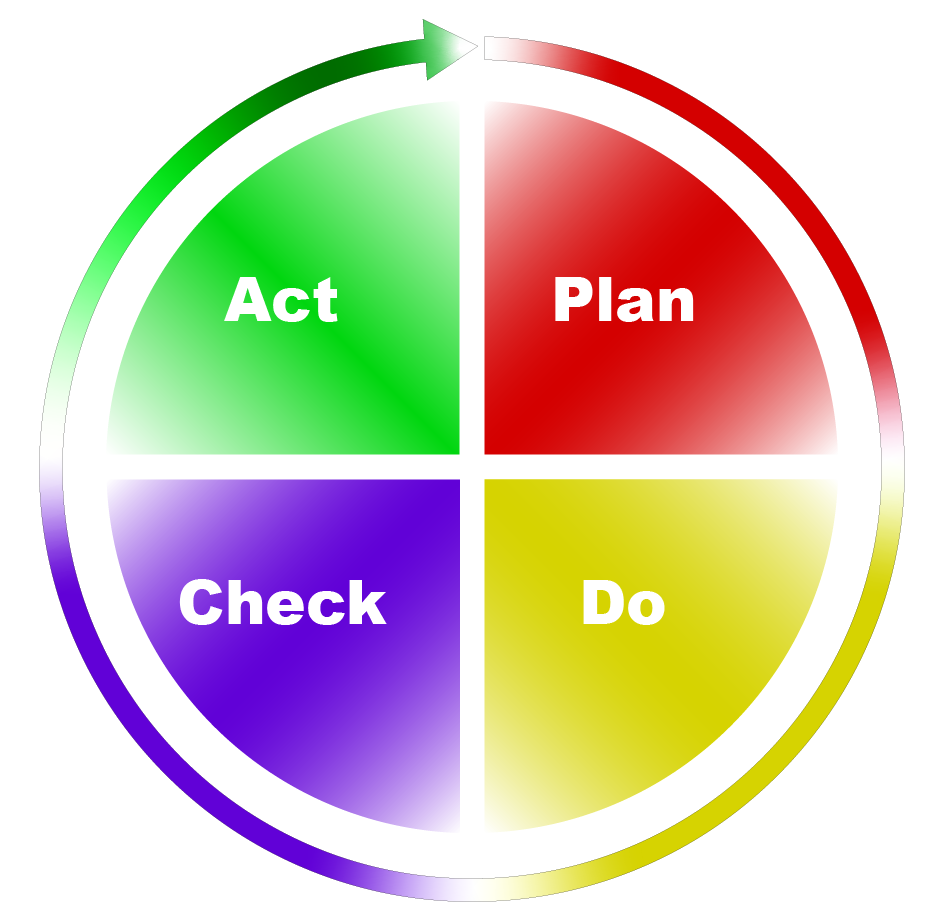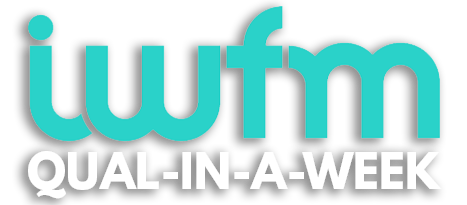Hi,
It’s the penultimate week on the theme of Deming’s Cycle of Continuous Improvement and over the final two issues we’re going to look at how the cycle can be applied to the real world.
Remember, the content of this series has been adapted from one of the courses on our new online learning platform, XenZone. The content on XenZone covers a range of topics, from Maintenance Strategies to Customer Service, FM Service Delivery and Sustainability as well as courses about useful management tools such as Deming’s Cycle. We’re currently working on a series of courses about procurement and have plenty more topics in the pipeline.
XenZone is the world’s only subscription-based learning platform designed exclusively for facilities managers. You get a 7 day free trial (with no credit card details required) so why not go and see what all the fuss is about.
This week, for a bit of variety and as a nod to the latest XenZone course on the topic of Sustainability, we’ve changed the big red button into a big green button. It still works just the same, though – give it a click to get more info and claim your free trial.
With a new course added this week, the platform is now slightly better than it was the week before – continuous improvement in action (only one more issue about Deming’s Cycle after this, so I promise you’ll only have to endure that joke once more!).
Anyway, let’s look at an example of how Deming’s Cycle could be used.
Deming’s Cycle – a general example
Next week we’ll be looking into the specifics of a Facilities Management example, but for now let’s look at Deming’s Cycle in a more general setting to give a basic demonstration of how the process works.
You have decided to have a family holiday. How could we use the cycle to make sure our holiday is the best it could possibly be, as well as ensuring that future holidays are even better.
Before we go into detail, this image should serve as a reminder of the four stages of Deming’s cycle.

Stage 1 – PLAN
The holiday needs to be planned – the first stage of the cycle. You need to think about:
- When and where do you want to go.
- For how long?
- What type of board basis?
- Which airport do you want to fly from?
- Which travel company do you want to go with?
- Are your passports still in date?
- What is your budget for the holiday?
- What items do you need to pack?
You will need to liaise with your family for their ideas about when and where you should go. You may also need to liaise with other stakeholders, such as your employer to arrange time off and possibly the children’s school if you may need to take them out of school for a few days.
Once you have your plan in place, it’s on to the ‘Do‘ stage.
Stage 2 – DO
You book the holiday, pack your bags and off you go! In this example the ‘Do‘ stage is fairly straightforward. However, you do need to communicate clearly using plain language with the rest of your family, passing on information such as what time you will be setting off to the airport, and how much luggage they can take whilst on holiday. You’ll need to follow the plan in order to ensure things go smoothly and perhaps implement any contingency measures in case something doesn’t quite go right.
Who knew going on holiday would be so complicated! Hopefully amongst all of this you’ll find some time to relax!
Stage 3 – CHECK
Whilst on your holiday, you are continually evaluating (possibly subconsciously) how successful the holiday is.
This is the ‘Check‘ stage.
You may consider:
- How easy was it to book the holiday?
- Were the flights on time?
- Was the hotel what you expected?
- Was the food good?
- Did you enjoy the holiday?
- Could anything have been improved?
Perhaps make a note of your answers to these questions in a notebook as you’re lying by the pool or sipping cocktails in the evening. Then you can refer to them later (you can tell my family holidays are a blast!).
Stage 4 – ACT
Finally, the ‘Act‘ stage is based on lessons learned. This is where you take all of the items identified in the ‘Check‘ stage – both positive and negative – and use them to ensure that your next holiday is even better.
Take a look at any problems you encountered in the ‘Check‘ stage. If there is something you can do about them straight away, go ahead and do it. For example, if the flights were delayed and you are entitled to compensation, now is the time to claim it.
As for anything that can’t be resolved but could be improved upon, make a note of it so you can take it into account in the planning stage for your next holiday. For instance, if the service from the travel agency was poor, you may make a note to use someone else next time.
Likewise, do the same with anything positive. If the service in the hotel was exceptional, you may consider going there again, or if you’d prefer a different destination you could check to see if there are any other hotels operated by the same company as they are likely to provide a similar level of service.
Over time and multiple iterations of this process, you should find that your holidays significantly improve relative to the first one.
And that’s how Deming’s Cycle works.
That’s all for this week. This should have given some context to Deming’s Cycle and to use it in the real world. Next week, in the final issue on this topic, we’ll return to the world of FM and look at an example of how you can use the cycle in a facilities management context.
Don’t forget to get your free trial on XenZone!
Have a great week!
Chris and the Xenon Team
P.S. If you haven’t already studied or started studying for an IWFM qualification, which will cover topics like this in depth and fully assess your understanding, you may want to have a look at our guide to the IWFM Qualifications which will give you a full breakdown of how they work and what’s involved in the different levels. You can download it here.
P.P.S. If you’re already considering taking a qualification but don’t know which level to go for, a good starting point is our One-Minute-Leveller tool, which will ask you a few questions and give you a recommendation based on the result. You can access it here.
P.P.P.S. Don’t forget you can read all of the previous issues on our website. If you’re new to the mailing list or you want to revisit an earlier issue without digging through your inbox, you can find all of our past issues in the Vault.



